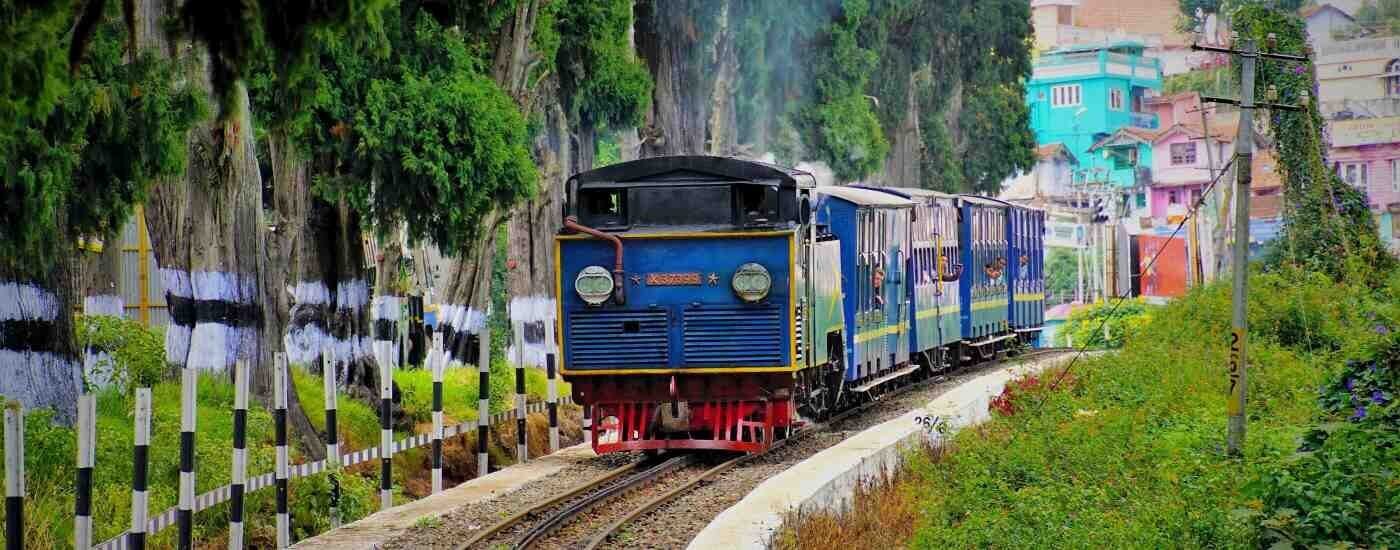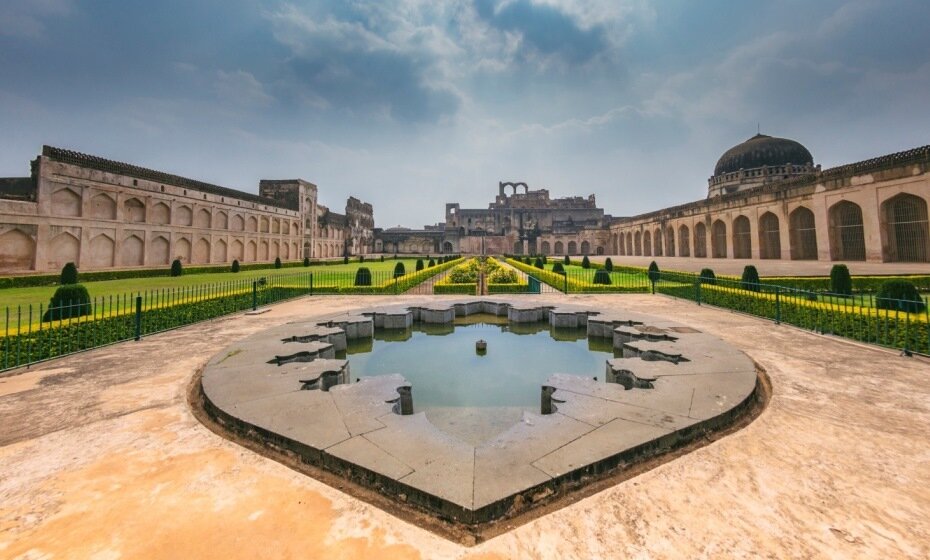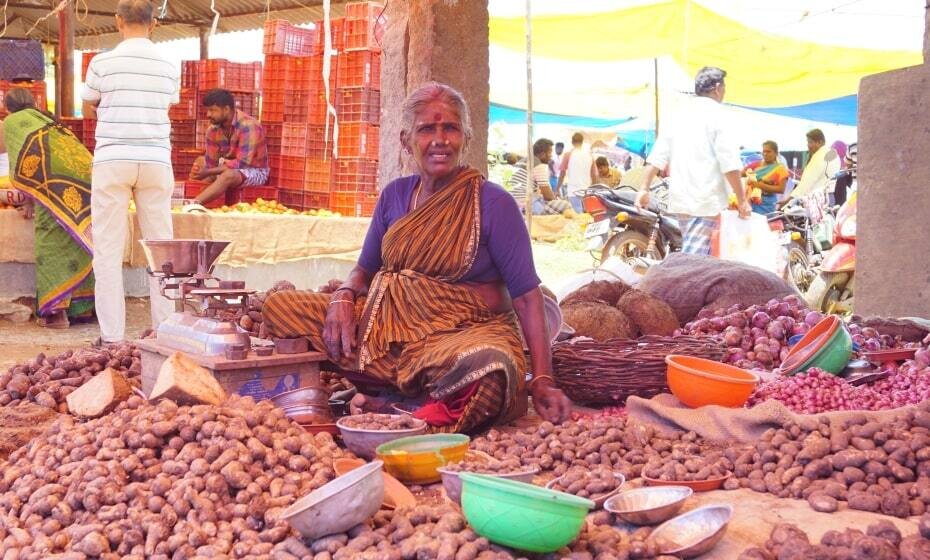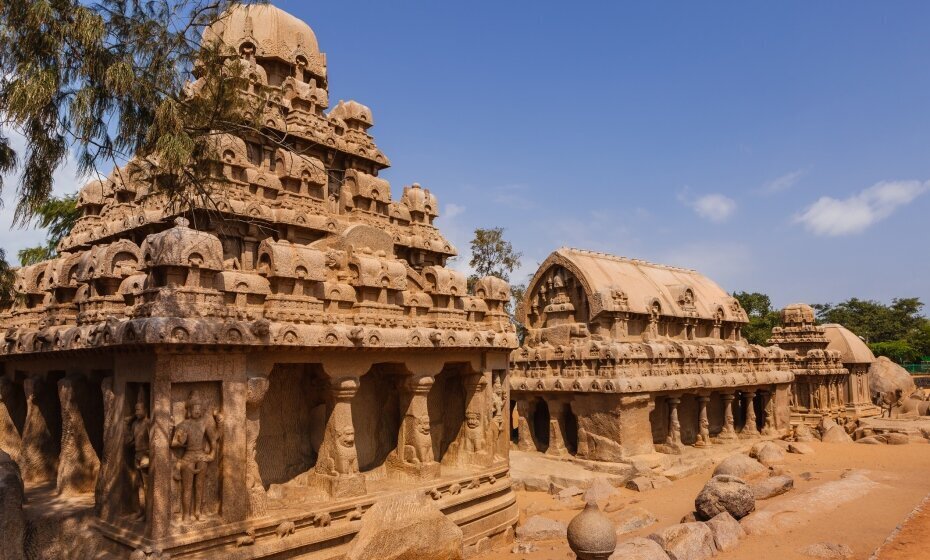World Heritage Sites in South India
From majestic monuments with their breath-taking architecture to a train ride winding through the mountains – get your camera ready to experience the globally-celebrated UNESCO World Heritage Sites in South India including Kerala, Karnataka & Tamil Nadu.
What is a World Heritage Site?
World Heritage Sites are nominated and designated by UNESCO and are natural or man-made areas, landmarks, sites or structures recognised as having cultural, historical or scientific significance and therefore deserving special international protection.
World Heritage Sites in South India
Monuments at Hampi, Karnataka
You’ll be spoilt for choice in Hampi, with around 3,700 monuments, ancient ruins and temples to explore. These ornate palace and places of worship were built in the 14th century before the city was conquered, pillaged and abandoned by the Deccan Muslim confederacy in 1565.
Set on the banks of the river Tungabadra in Karnataka, you’ll see the outstanding architecture, detailed carvings and elaborate sculptures amongst the remains, conjuring up vivid imagery of time gone by.
There’s so much to see at this fascinating World Heritage Site, with our highlights being the elephant stables, the 15 feet tall statue of Ganesha and Vittala Temple with its music-making pillars.
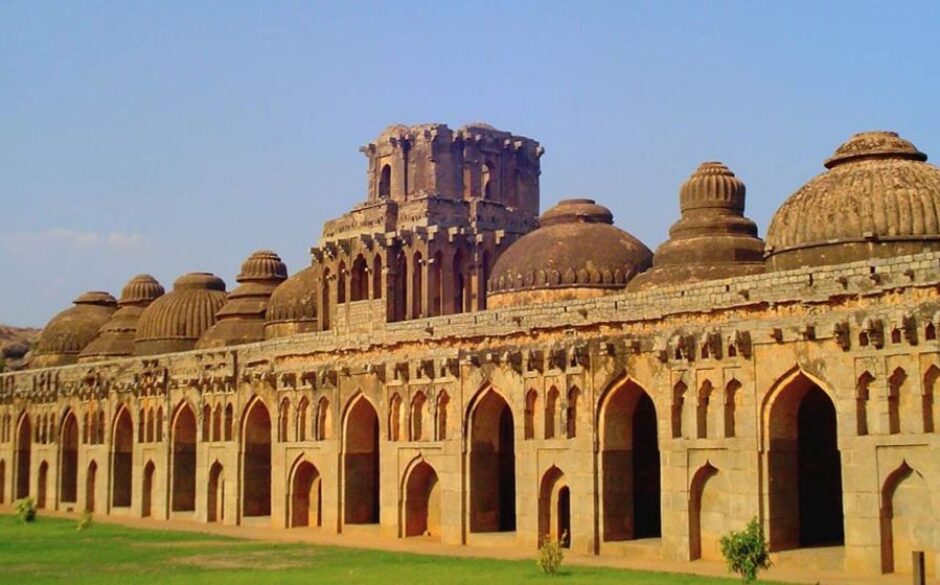
Pattadakal, Karnataka
Believed to have been an important trial ground for the development of South Indian temple architecture, Pattadakal is home to nine Hindu temples and a Jain sanctuary.
Dating back to the 7th century, this is an attraction that offers masterful medieval architecture, fusing design skill and style from both the north and south of India.
The largest and most sophisticated of the temples is Virupaksha, built in Dravidian architectural style and dating back to around 740. The ruins are a storybook of history, with friezes depicting wrestling, yoga and a trapped elephant, and inscriptions detailing the society and culture of 8th-century India.
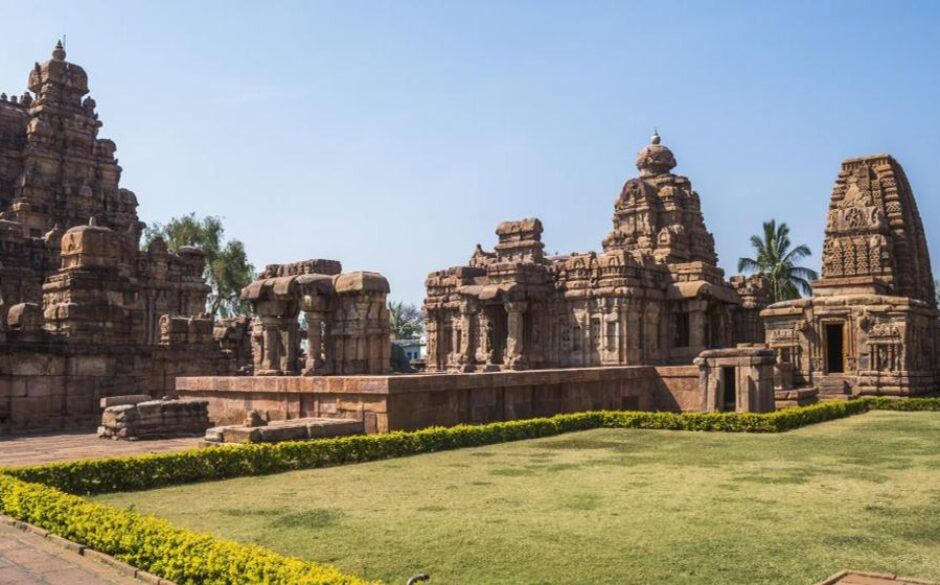
Sacred Ensembles of the Hoysals, Karnataka
The most recent of the World Heritage Sites in South India is the ‘Sacred Ensembles of the Hoysals’, added by UNESCO in September 2023. This site comprising three temples Channakeshava temple at Belur, Hoysalesvara Temple in Halebidu in the Hassan district and Kesav temple at Somanathpur in Mysuru.
The temples of Belur and Halebidu had been on Unesco’s World Heritage Site tentative list since 2014.
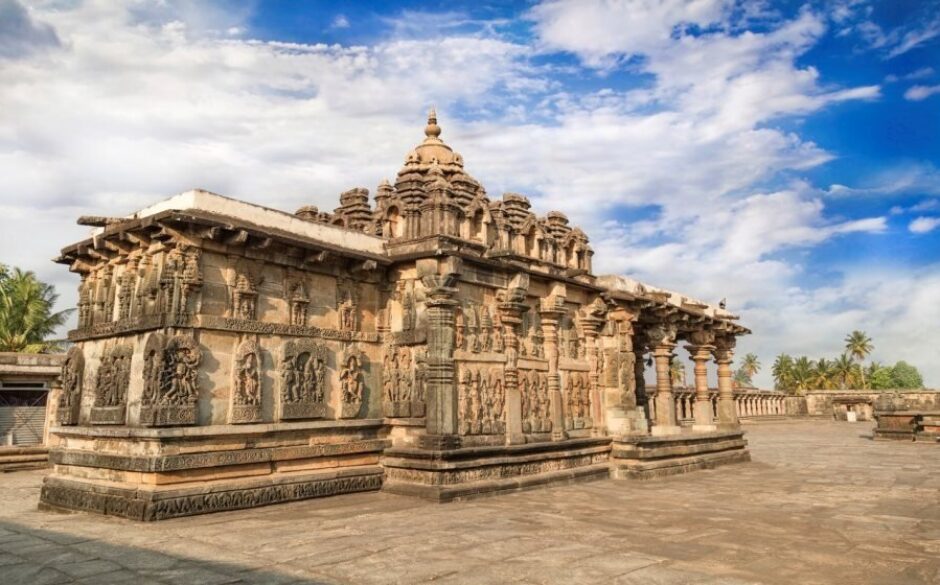
Chola Temples, Tamil Nadu
The Great Living Chola Temples were built between the 11th and 12th century by the kings of the Chola Empire, one of the longest-ruling dynasties in southern Indian history.
Popular for their architecture, bronze casting, painting and sculpture, this great example of World Heritage Sites in South India contains three exquisite temples.
With stunning architecture, the granite Brihadeeswara is one of the most visited tourist attractions in Tamil Nadu. Boasting one of the tallest towers in South India, it is famed for the quality of its sculpture and includes shrines to many Indian deities.
Brihadisvara and Airavatesvara are well worth a visit and both boast rectangular walled compounds housing lofty pyramid-shaped towers.
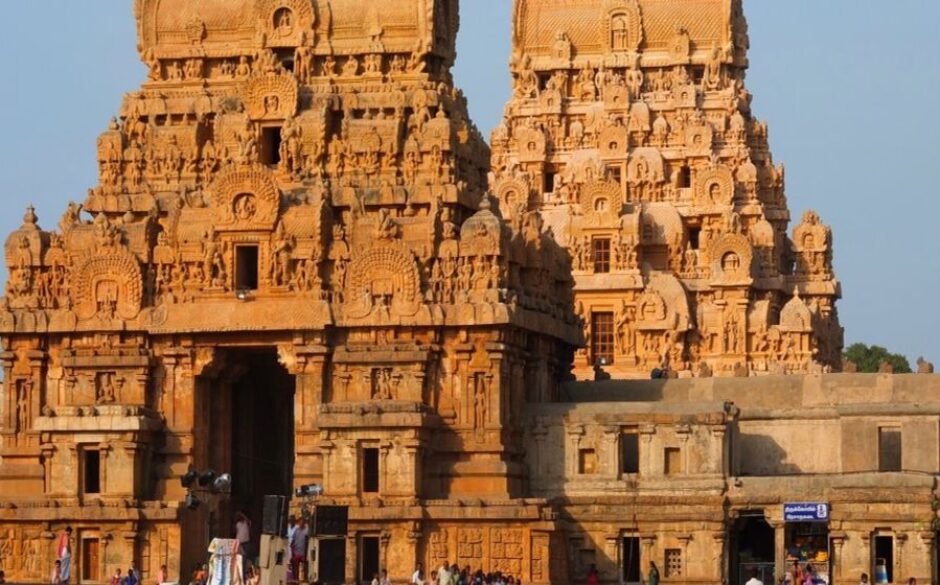
Monuments at Mamallapuram, Tamil Nadu
Combining the beauty of archaeological marvels and the Coromandel Coast, the deserted town of Mamallapuram attracts visitors all year round to take in the architectural brilliance.
Mamallapuram was once home of the Pallava King, who used his fondness for architecture to commission a group of temples in the 7th and 8th century. Hewn from granite are temples in the shape of chariots, cave sanctuaries, lion pilasters and giant open-air reliefs – the most famous of these being the ‘Descent of the Ganges’, depicting the descent of the sacred river to Earth from the heavens.
The intricately carved Shore Temple overlooking the Bay of Bengal is a perfect place to watch the sunset.
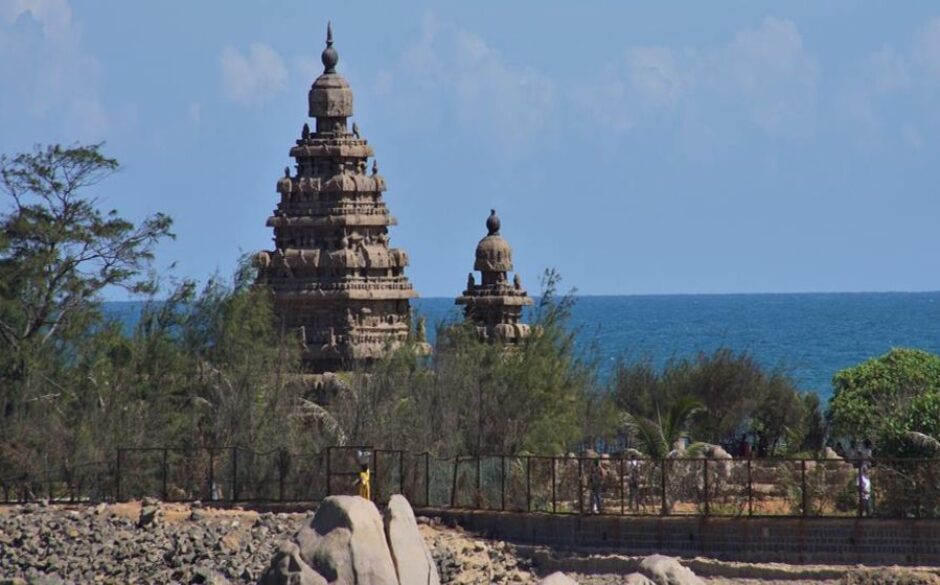
Nilgiri Mountain Railway, Ooty, Tamil Nadu
One of the highlights of our customers’ holidays is a journey on the famous Niligiri Hill Train – what better way to take in the sights than by winding through the hillside by steam locomotive?
The British-built Nilgiri Mountain Railway in Tamil Nadu was constructed in 1908 and is the only ‘rack railway’ (specially designed to handle steep gradients from 7% and over).
This heritage ‘toy train’ takes you through spectacular scenery in Ooty and Coonoor, across quaint bridges and through small hillside tunnels, passing by undulating green hills and shady forests.
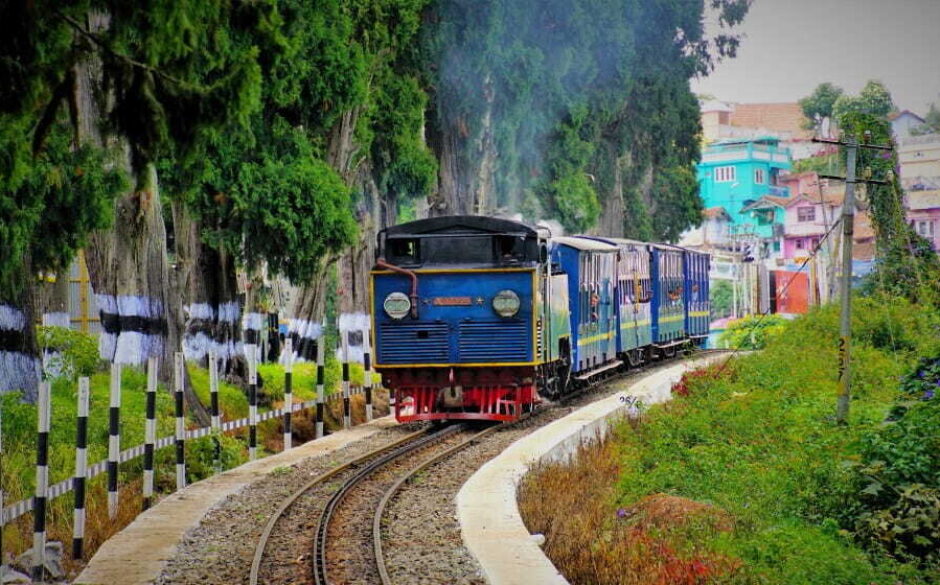
Western Ghats (Karnataka, Kerala & Tamil Nadu)
Dating back further than the Himalayan mountains, the Ghats run from the Satpura Range in the north to Tamil Nadu, winding through Maharashtra, Goa, Karnataka and Kerala along the way. Their sprawling 60,000 square kilometres houses tourist spots and monsoon retreats, as well as plantations growing coffee, tea and spices.
A Natural World Heritage Site, the Western Ghats is one of eight “hottest hotspots” of biological diversity in the world and home to:
- 9,200 species of plants
- 139 species of mammals
- 508 species of birds
- 179 species of amphibian
- 6,000 species of insects
- 290 species of freshwater fish
including many undiscovered species and at least 325 globally threatened species.
The Ghats help to moderate the tropical climate of the region, and act as a barrier to moisture-heavy clouds during the monsoon season between June and September.
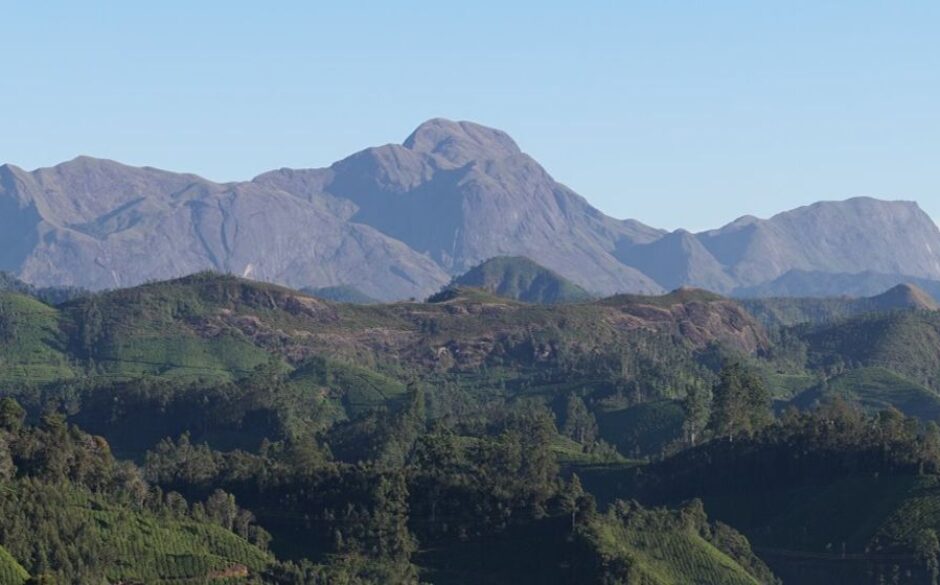
We hope our guide to the World Heritage Sites in South India has inspired you! Many of our suggested tours feature a visit to at least one of the World Heritage Sites in South India but feel free to take inspiration from this list and devise your own. Happy heritage hunting!
Interested in World Heritage Sites in North, East or West India? Read more here:
World Heritage Sites in North India & the Indian Himalayas

